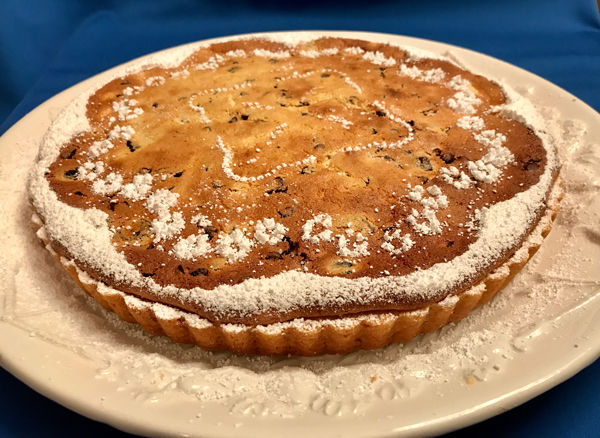From “King Solomon’s Table” to yours
Published September 14, 2017
Joan Nathan, in her newest cookbook, “King Solomon’s Table,” takes us on a historical culinary journey to reveal the origins of heritage Jewish cooking. The fascinating chronology, stories and easy-to-follow recipes Nathan shares provide a backdrop from which to understand so many of our Jewish culinary traditions. With Rosh Hashanah just around the corner, the book provides some exciting new recipes to add to your holiday menu.
But before we get to that menu, let me share one part of Nathan’s journey: the evolution of the Jewish holiday stew.
She begins by describing the preserved Babylonian “cookbooks” she viewed at Yale University. The “recipes” inscribed on clay tablets hinted at stews made from local ingredients such as lentils and chickpeas, and a variety of herbs and spices such as dill and coriander.
ADVERTISEMENT
During biblical times in Israel, stews included not only beans and fresh herbs and spices, but also goat, lamb or beef. Nathan suggests that some of these stews became the basis for the weekly Shabbat meal that we know as cholent, stews that could be assembled before sundown Friday and cooked over low heat through the night.
As Jews spread into other Mediterranean countries, their cuisine was influenced by access to different herbs and local ingredients. Nathan describes the adaptations as “mashups.” Thus, Sephardic traditions were born; for example, a Shabbat stew known as adafina, a meat-based stew made with beans, spices such as cumin and coriander, whole eggs and albondigas (meatballs).
When Jews moved on to Germany, France, Hungary and Poland, their culinary traditions morphed into what we now know as Ashkenazi cuisine. Following with the example of stew, the Ashkenazi cholent included white beans and barley, potatoes and kishke, which are beef intestines stuffed with a mixture of onions cooked in schmaltz (rendered chicken fat), flour, carrots, and paprika, salt and pepper.
ADVERTISEMENT
There are many other fascinating stories in Nathan’s book, each of which precedes one of the more than 170 recipes. All of her recipes have been tested, an important fact for any of us who have been exasperated by the results of an untested recipe.
And now, on to some suggestions for your holiday menu.
Shanah Tovah.
Margi Lenga Kahn is the mother of five and grandmother of five. A cooking instructor at the Kitchen Conservatory, she is working on a project to preserve the stories and recipes of heritage cooks. She welcomes your comments and suggestions at [email protected].
















